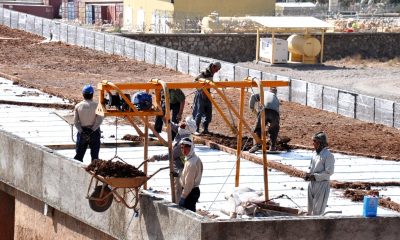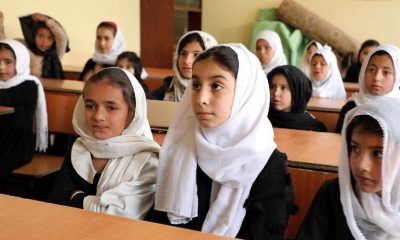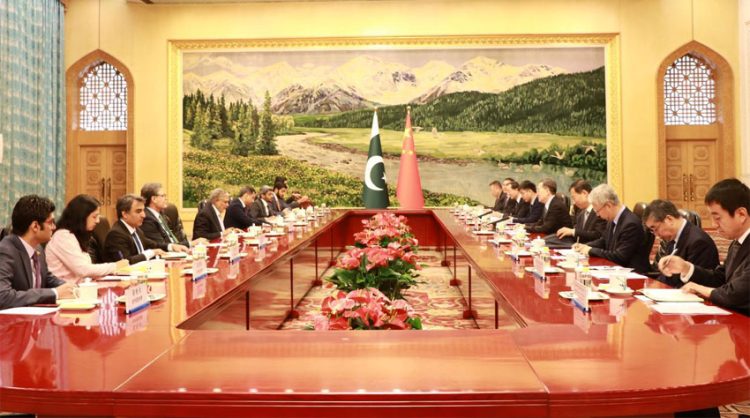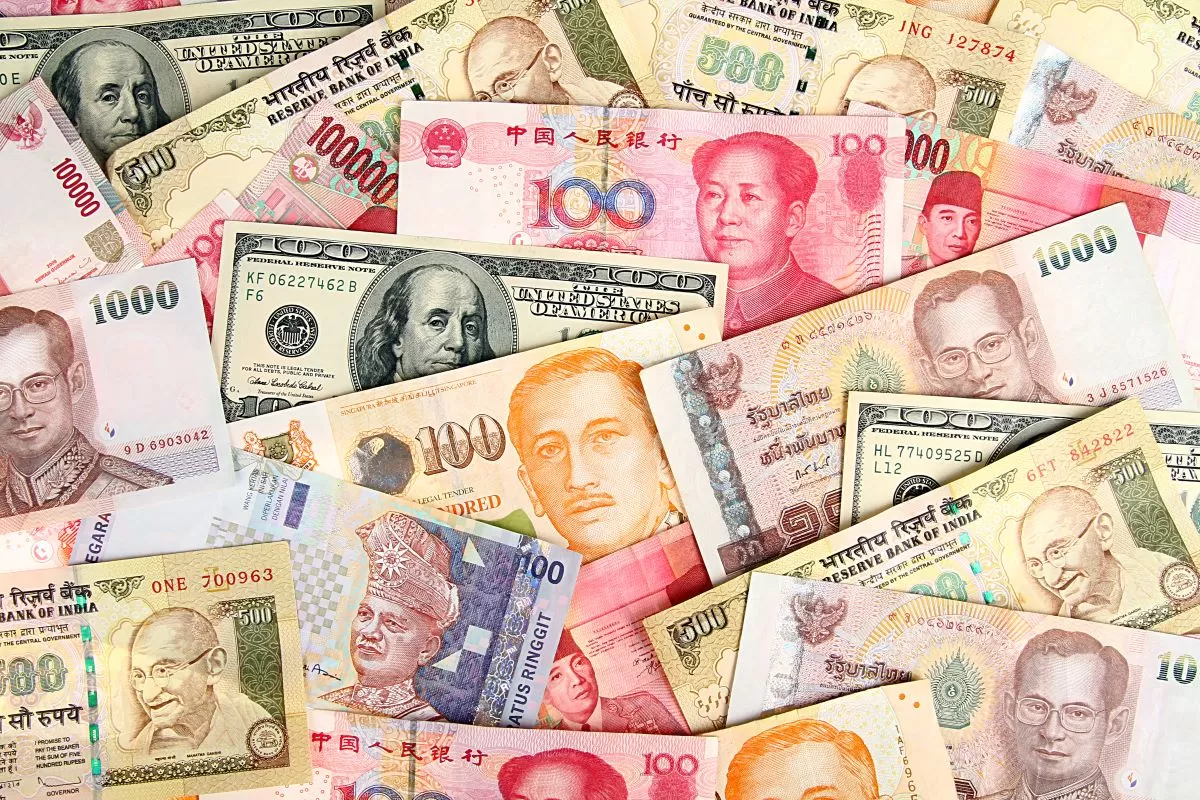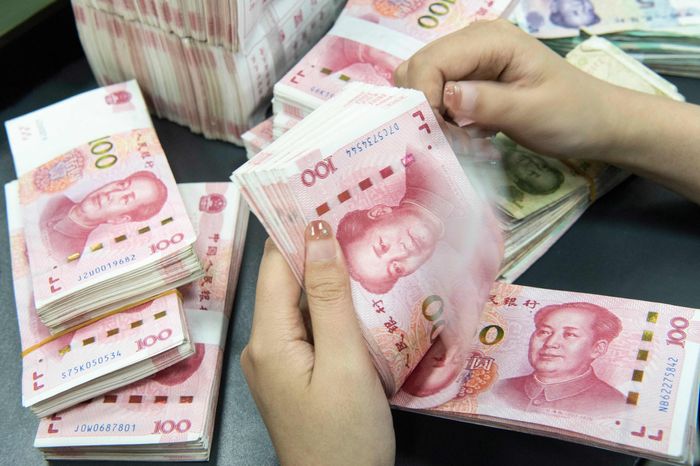On December 24, 2022, the Taliban announced a ban on women working in NGOs and other international organizations. The announcement came four days after the Taliban banned women from going to universities. At the same time, the Taliban prevented girls from going to school from above sixth grade.
The ban on women’s work was announced through a decree by the Taliban Ministry of Economy and this order will be implemented until further notice. However, it was not too far from the first restriction that the Taliban came up with another degree and further imposed restrictive orders on women.
Banning women employees in UN offices and closing women’s hair salons were two of the major restrictions, and they protested the decision but ended up with no result.
UN Special Rapporteur, Richard Bennett had once again asked the Taliban to revert the decision on banning women from work and equation.
“One year ago the Taliban banned women from working in NGOs. Once again I urge the lifting of the ban. Education and work are vital to a full and dignified life, women are crucial for the economy and their contributions are essential for the well-being and progress of Afghan society,” Bennett added.
Afghan women’s dream shattered to ground
Meanwhile, US Special Envoy for Afghanistan, Rina Amiri said that one year ago, the Taliban prohibited Afghan women from attending university, “stripping half the country’s population of their dreams and the entire country of economic stability and the prospect of the next generation moving towards a hopeful future.”
“We must all stand firmly with the Afghan people, particularly women and girls, as they call on us to counter these policies and remember that they are not borne of Afghan culture, but of Taliban ideology,” she furthered.
She went on saying that “on the one year mark of edicts further crippling women’s participation in education and work, we must amplify the mantra among Afghans, (unban the bans).”
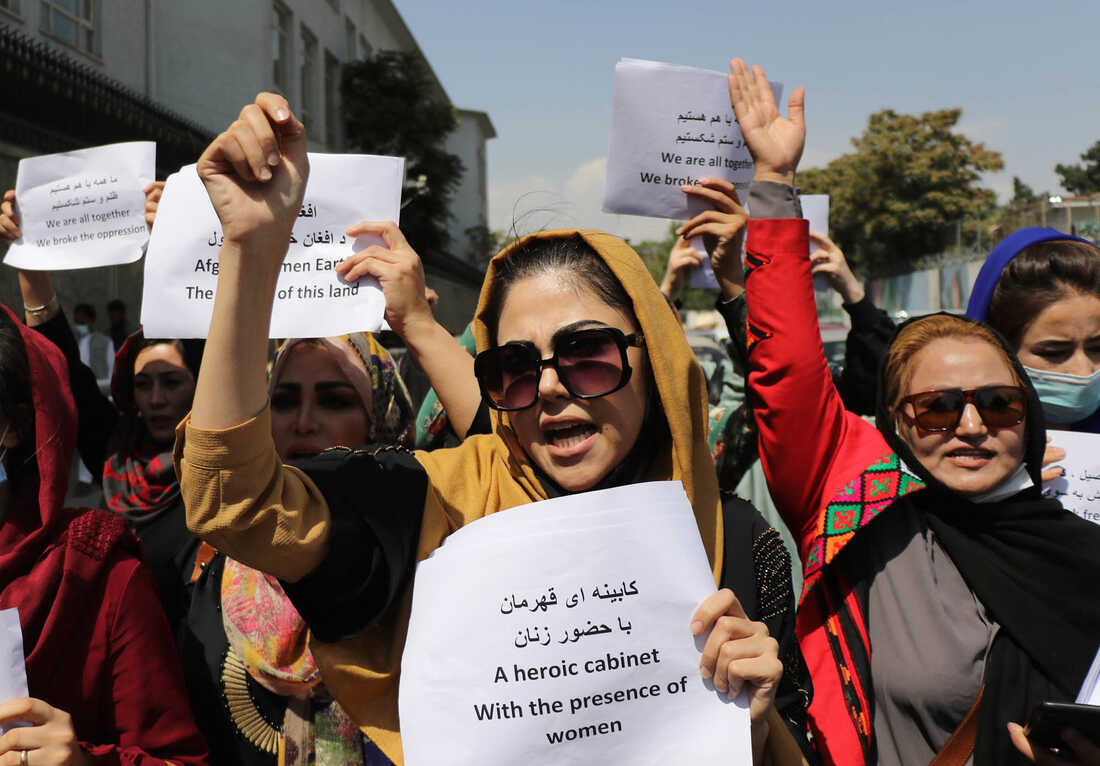
Women gather to demand their rights under the Taliban rule during a protest in Kabul, Afghanistan, Sept. 3, 2021. (AP)
She also said that the Taliban’s suspension of Afghan female NGO and UN staff poses a serious threat to the delivery of critical humanitarian assistance. “Even where women have negotiated the space to work, the ban leaves them vulnerable to intimidation and threats,” she added.
Moreover, the Taliban also arrested a number of Afghan female civil society activities in the last two years. The Taliban had just released Parissa Azada, a female protester, and women rights activists, after spending 41 days in Taliban captivity.
Female Afghan women’s rights activists released from Taliban jail
Tamana Zariab Paryani, women’s rights activists, who was also arrested by the Taliban once, had made the announcement and said that she is happy that Azada has been released.
She said that she hopes that all Afghan female activities will be immediately released from the Taliban jails. Azada was detained on November 15 from Kabul as she was staging protests against the ban on women’s work and education.
Azada’s release has come just weeks after Taliban released two other female protesters, Joulia Paris and Neda Parwani. But another protestor, Manizha Sediqi, has been in Taliban custody since October 7.
Speaking to Harici, Nafisa Ahamdi, a female NGO worker in Kabul, said that she is jobless for one year, and has been scrambling with economic challenges. She said that the Taliban should explain the logical reason for banning women from work. “Taliban should come to the fore and explain why they banned us from workplaces. Okay, if the Taliban want us to stay at home, then they should pay us money on a monthly basis,” she added.
She said that she needs to work to feed their children. “My husband was killed in a suicide bombing in Kabul five years ago. Now I am the sole breadwinner of my family. The Taliban must pay me or let me work,” she lamented.
Ban on women’s work triggered economic challenges
Anisa Walizada, a former female NGO worker, had called on the Taliban to let the girls go to schools and universities and women back to the worksites. She said that she was working in an NGO and her life was very good but now she is just surviving. “I have to pay for my home rent and also I need to support my father economically because he is an old man,” she added.
She said that the Taliban must reverse its decision, otherwise, the Afghans will be further triggered to poverty.
However, the Taliban says that women can work, but not in all sectors. According to the Taliban, women should work in health sectors and education. Meanwhile, the United Nations have recently said that Taliban’s ban on women work made Afghanistan’s economic crisis fatter and also raised the need of humanitarian support and at least 28 million people.

 INTERVIEW1 week ago
INTERVIEW1 week ago
 EUROPE2 weeks ago
EUROPE2 weeks ago
 MIDDLE EAST2 weeks ago
MIDDLE EAST2 weeks ago
 EUROPE2 weeks ago
EUROPE2 weeks ago
 MIDDLE EAST2 weeks ago
MIDDLE EAST2 weeks ago
 EUROPE2 weeks ago
EUROPE2 weeks ago
 MIDDLE EAST2 weeks ago
MIDDLE EAST2 weeks ago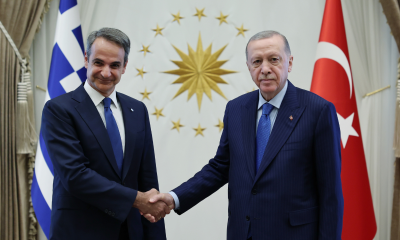
 DIPLOMACY6 days ago
DIPLOMACY6 days ago



